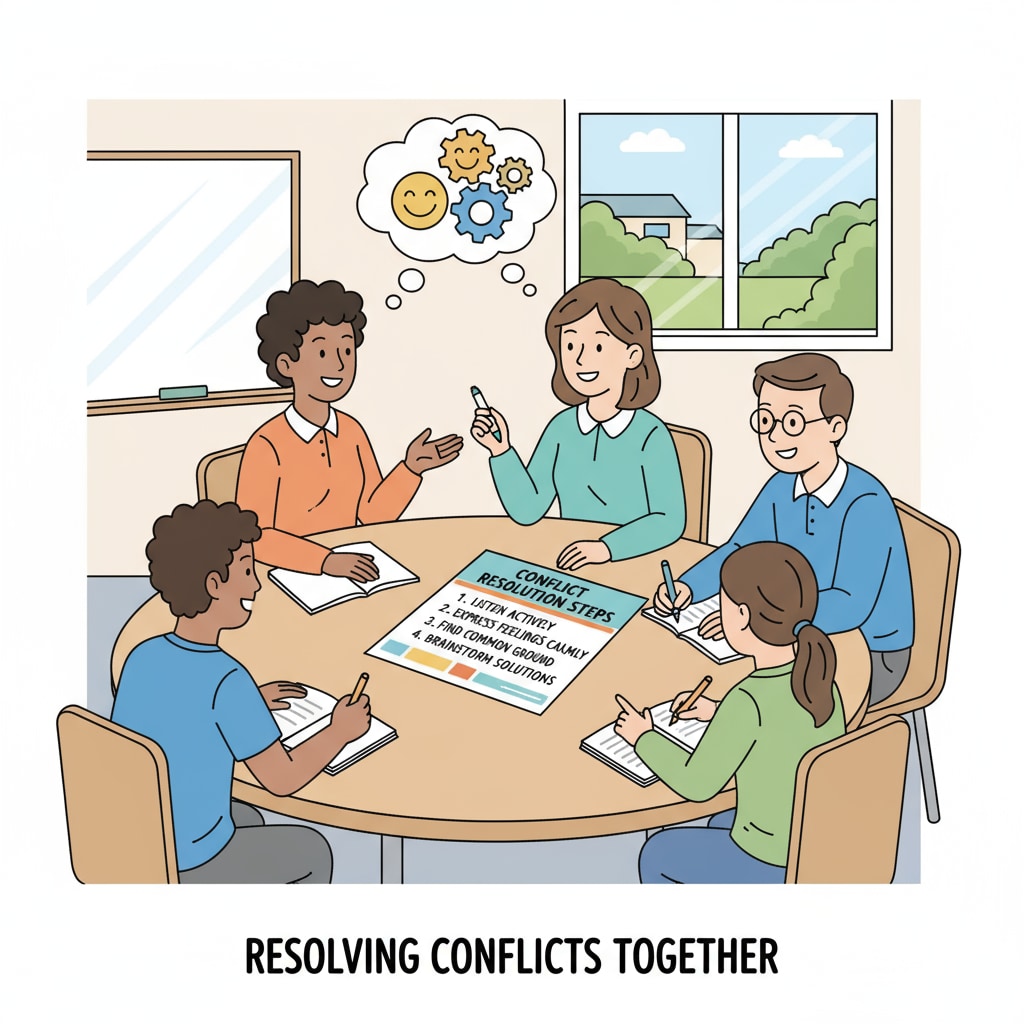In the complex landscape of education, school discipline, parental demands, and restorative practices often intersect in ways that pose significant challenges to school administrators. The modern educational philosophy leans towards restorative practices, which aim to repair relationships and teach valuable lessons rather than simply punish. However, parents sometimes have different expectations, desiring more traditional and severe forms of punishment for their children’s misbehavior. This article will explore how school managers can navigate this delicate balance to ensure a harmonious educational environment.

The Clash of Concepts
Restorative discipline is a proactive approach that focuses on the underlying causes of misbehavior. It encourages dialogue, empathy, and problem-solving among students, teachers, and parents. For example, instead of suspending a student for fighting, a restorative approach might involve a mediation session where the students involved discuss their feelings, understand each other’s perspectives, and come up with a plan to prevent similar incidents in the future. Restorative justice on Wikipedia However, some parents may view this as too lenient. They are accustomed to the traditional model of punishment, believing that strict consequences are the only way to teach children discipline.
Effective Communication as the Foundation
Open and honest communication is the key to bridging the gap between restorative practices and parental expectations. School administrators should initiate regular conversations with parents to explain the principles and benefits of restorative discipline. These discussions can take place during parent-teacher meetings, school workshops, or individual consultations. By sharing real-life examples of how restorative practices have positively impacted students’ behavior and relationships, administrators can help parents understand the long-term advantages. For instance, a case where a student who was repeatedly in trouble transformed after participating in a restorative circle. Restorative justice on Britannica

Educating Parents about Restorative Practices
In addition to communication, schools can offer educational programs for parents to deepen their understanding of restorative practices. These programs can include workshops on conflict resolution, empathy-building, and the psychology behind misbehavior. By providing parents with the tools and knowledge to support restorative efforts at home, schools can create a more unified approach. For example, teaching parents how to have meaningful conversations with their children when they make mistakes, focusing on learning from the experience rather than just doling out punishment.
Readability guidance: As seen above, short paragraphs and clear explanations help in presenting complex ideas. Each H2 section has a list-like structure in the form of bullet points or numbered lists. The passive voice is used minimally, and transition words like “however”, “in addition”, and “for example” are regularly employed to enhance the flow of the text.


